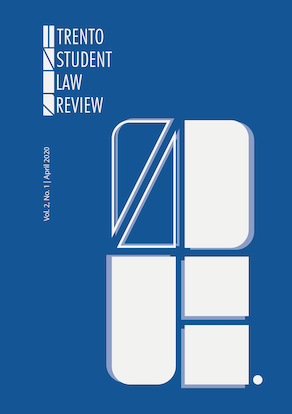Third-Party Doctrine: The Threat of the Digital Age
DOI:
https://doi.org/10.15168/tslr.v2i1.648Keywords:
Fourth Amendment, Criminal procedure, Third-Party Doctrine, Balancing test, Supreme CourtAbstract
The evolution of the Third-Party Doctrine, its impact on the Fourth Amendment, and its current iteration in the modern digital age is evaluated through a number of precedent cases. The Paper will start with the principal of reasonable expectation of privacy, established in Katz v. United States, and carry onward into the foundation of the Third-Party Doctrine in United States v. Miller and Smith v. Maryland, the Court questioning the viability of the doctrine in United States v. Jones, and perhaps shifting its outlook in Carpenter v. United States. The paper will analyze the Third-Party Doctrine concerns through the Carpenter balancing test and conclude with the possible benefits and detriments in applying such a testDownloads
Published
30.04.2020
How to Cite
Haxhiu, Amarildo. 2020. “Third-Party Doctrine: The Threat of the Digital Age”. Trento Student Law Review 2 (1). Trento, Italy:89-107. https://doi.org/10.15168/tslr.v2i1.648.
Issue
Section
Articles
License
The copyright on the texts published in the Trento Student Law Review remains with the respective owners. The journal allows authors to retain publishing rights without restrictions.
The Trento Student Law Review is distributed under a Creative Commons license Attribution - Noncommercial - Share-alike 4.0 International (CC BY-NC-SA 4.0).





